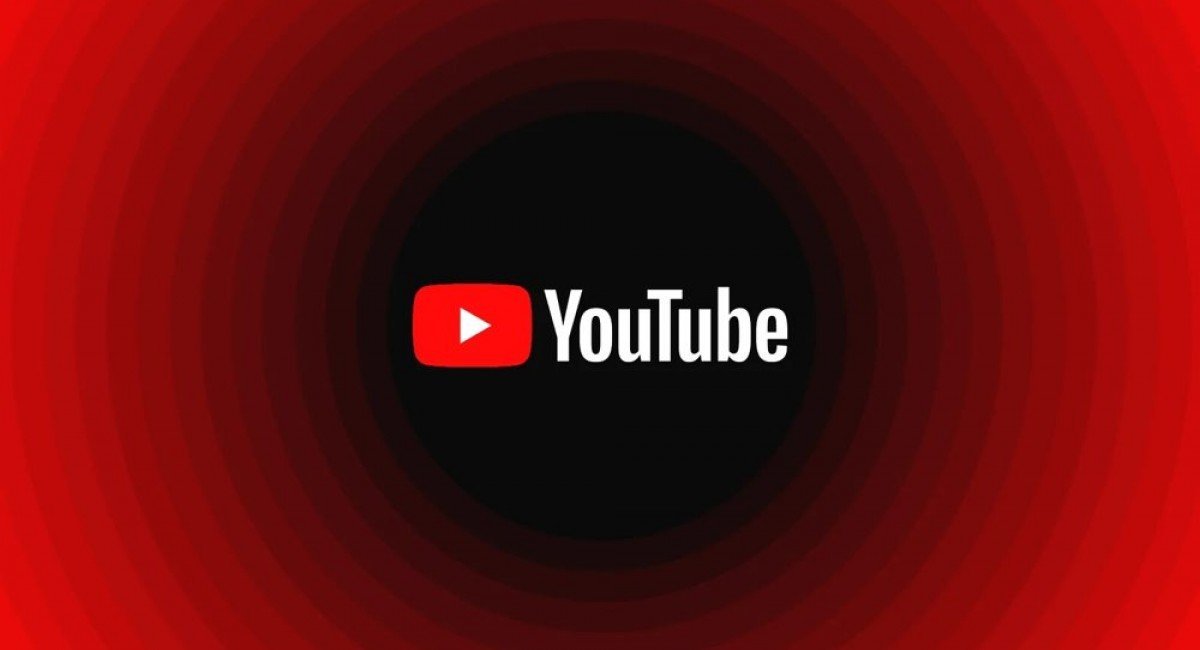Last week saw YouTube step up its war against ad-blockers, with the global launch of an irritating pop-up that appears whenever users attempt to watch videos on the platform while blocking its ads.

The prompt informs users that "video playback is blocked unless YouTube is whitelisted or the ad blocker is disabled". It adds that “ad blockers violate YouTube's Terms of Service" and says users must either allow ads on YouTube or subscribe to YouTube Premium to watch without them.
YouTube’s move appears to have had an impact, with Wired reporting that hundreds of thousands of users have uninstalled their ad blockers since the pop-up was rolled out globally last month. However, reports elsewhere suggest that it has prompted many users to try and find superior ad-blocking alternatives that can circumvent YouTube’s dragnet.
Krzysztof Modras, director of product and engineering at ad block and privacy tools developer Ghostery, told Wired that his company has seen three-to-five times the number of installs and uninstalls over the last month. According to him, 90% of those who uninstalled Ghostery cited the extension’s failure to block YouTube ads as the reason for doing so. Even so, Ghostery also saw a 30% increase in installations on the Microsoft Edge browser, presumably a result of users trying to find an alternative ad blocker that can still prevent YouTube ads.
A second ad blocker developer, AdGuard, told Wired that it normally sees around 6,000 uninstallations per day on Chrome. However, this rose to more than 11,000 per day from mid-October until the end of the month, hitting a peak of 52,000 uninstalls on October 18. That said, AdGuard also offers a paid version of its browser extension that is reportedly immune to YouTube’s ban. AdGuard said that when people found out about this, its new user count rose rapidly, with almost 60,000 new installs per day between Oct. 18 and Oct. 27.
The reports suggest that while YouTube’s initiative has caused some to throw in the towel, others are determined to find a way to counter it. Some YouTube watchers are even turning to apps such as Newpipe, YouTube Vanced and SmartTubeNext, which are third-party platforms that enable users to see YouTube videos without any ads showing up.
Others have said that YouTube’s tactics will likely be countered by the development of more advanced ad blocking tools, but there is a danger that any new offerings may create unintentional security flaws.
Still, users seem undeterred and the internet is now awash with stories of workarounds. For instance, some users on Reddit have said that the uBlock Origin extension still blocks YouTube ads when used on the Firefox browser, while Adblock Plus has posted some tips on how to get past YouTube’s anti-ad blocking software. Of course, users who really dislike seeing ads on YouTube may want to consider biting the bullet and paying for a YouTube Premium subscription, which will ensure they never have to worry about their viewing being disrupted again.